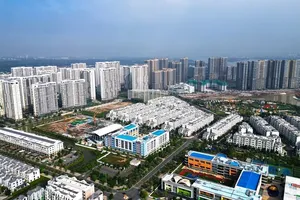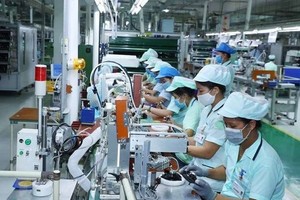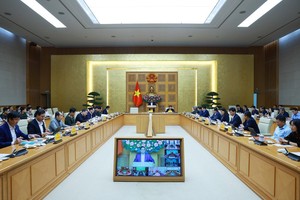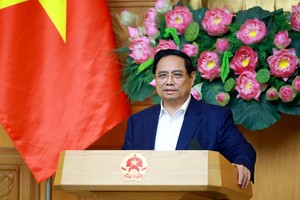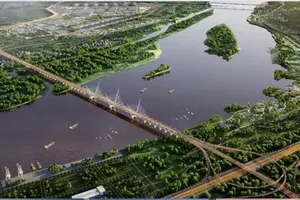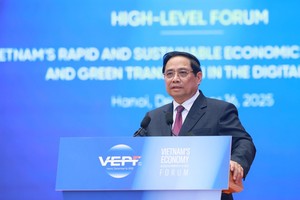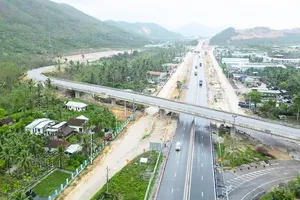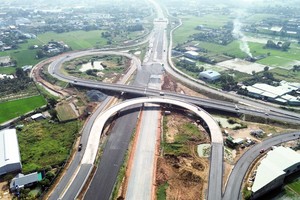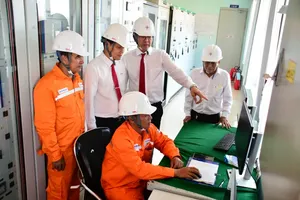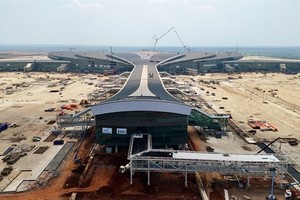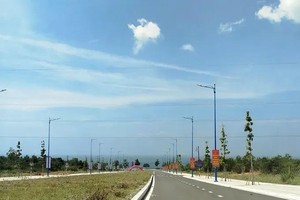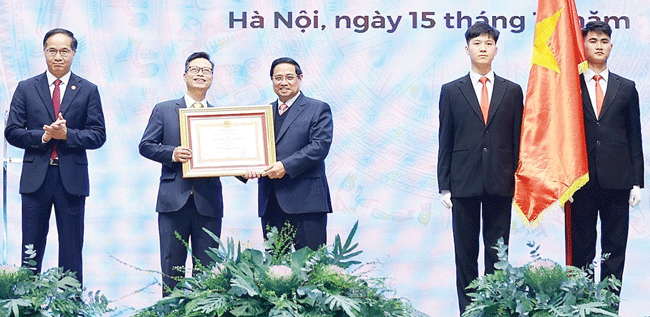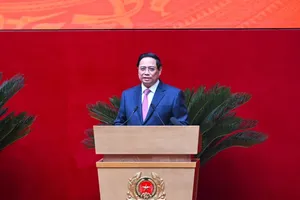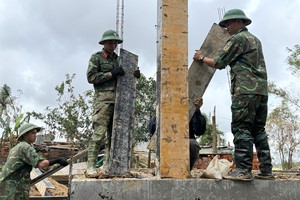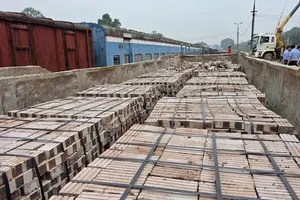Construction of hydro power plants has interfered with the water flow in large rivers in the Central Highlands, resulting in a steady depletion of water.
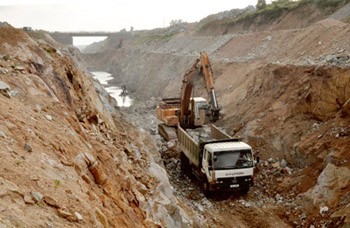
Se San drying
The 220MW Thuong Kon Tum Hydropower Plant broke ground two years ago on the upper reaches of the Dac Snghe River, which originates from a height of 1,780m to flow into the Dak Khich and Dak Chum Rivers and converge in the Dac Bla River.
The entire Dac Snghe River valley is located on the Kon Tum highland with its various eco systems and river edge forests. The area thus plays an important role in regulating the water resources for low-lying areas including the Se San River.
However, the Thuong Kon Tum plant has been designed to receive water from the Dac Snghe River and release into the Tra Khuc River in the neighboring province of Quang Ngai, at nearly 12 cubic meters a second, instead of flowing into the low-lying areas.
According to Nguyen Thanh Cao, Chairman of the Union of Science and Technology in Kon Tum Province, this will badly affect ecological diversity and the livelihoods of the people of the lowlands.
Additionally, the water current of the Dac Bla River will weaken, especially during the dry season. Water levels in other hydropower plant reservoirs on Se San River like Ialy, Se San 3, Se San 3A and Se San 4 will also drop, causing an estimated reduction of 321 million kWh of electricity produced from these plants.
Moreover, Gia Lai Province has permitted the building of the 63MW Se San 4A Hydropower Plant in Ia Grai District at the location of a reservoir built to regulate water on the lower sections of Se San River.
Dinh Van Nhan, director of the Se San 4 Hydropower Company said that when the Se San 4 Plant was allowed construction, the Mekong River Commission asked Vietnam to build the reservoir to regulate water on the lower sections in case the plant operates at a low capacity or not at all.
Yet, the Se San 4A is being built on the location of the reservoir, which will completely deplete the lower sections of the Se San River.
Ba River depleting
The two plants of An Khe, Kanak Hydropower Complex have been built on Ba River in Gia Lai Province. Kanak is located on the upper reaches of the river and An Khe on the lower section.
The Kanak plant has a reservoir of 8.3 cubic meters but its capacity is only about 10MW while the An Khe plant with a smaller reservoir of about 5.6 cubic meters has capacity up to 160MW.
The second plant has such a high capacity as execution units have installed pipes to release water from its reservoir in An Khe town to Kon River in Binh Dinh Province where the plant’s engine units are built.
Because the water has run into Binh Dinh since the beginning of the year, Ba River has been depleted in Giai Lai and Phu Yen Provinces.
When An Khe, Kanak Hydropower Plants accumulated water in January this year, An Khe water plant provided fresh water to 70,000 households in the region. However, since the beginning of March, it has stopped operating.
The 28km section of the Ba River from An Khe town to Krong Chro District has become a dead river as all water has been blocked for the engine units in Binh Dinh Province.
Se Re Pok in high danger
At the end of the Se Re Pok River running through Yok Don National Park, a new hydropower plant is under construction. The 64 MW Se Re Pok 4A will take water from Se Re Pok 4 Plant through a 13km pipe system.
People are worried that it will lessen the water released from Se Re Pok 4 plant to the Se Re Pok River down to 8.23 cubic meters per second reducing the natural current of the river.
When the Se Re Pok 4 plant comes into operation, it will deplete the river especially during the arid season, which will prove advantageous for lumberjacks to wade across the riverbed to the Yok Don National Park and cut down trees.
Related articles:
Central Highland Rivers dying
Se Re Pok River sees numerous dead fish in Central Highlands
